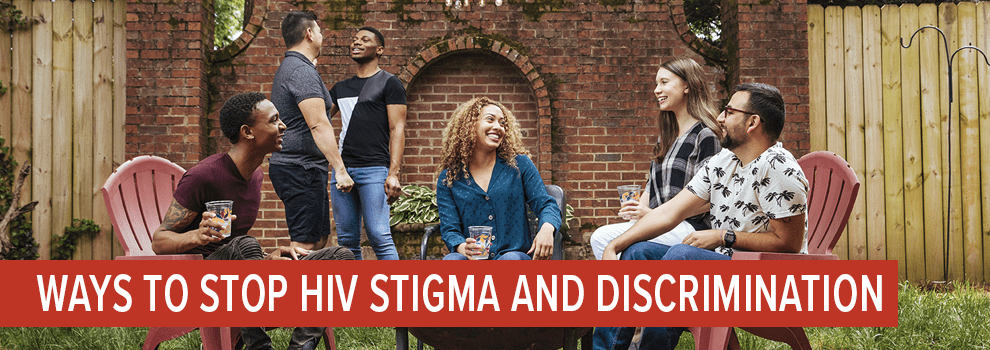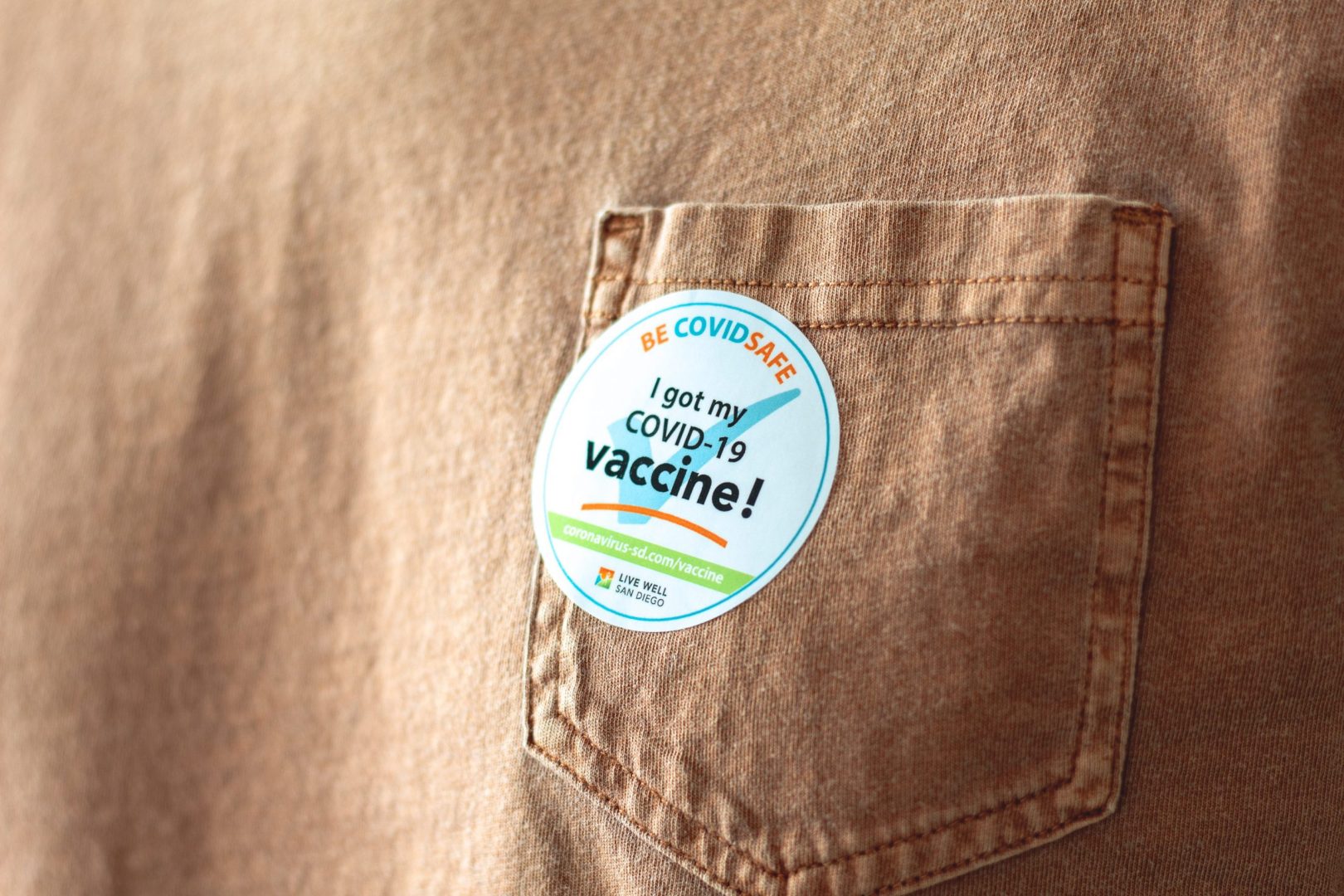There are many myths and misunderstandings about these infections, but one truth remains: people living with STIs can lead healthy, full lives.

By Sam Akers, MSW
April 7, 2023
Oftentimes, when people hear “sexually transmitted infections,” their first thoughts are of the scary photos that may have been shared in classrooms, or the jokes they’ve heard on TV about the spread of STIs. This is all part of the stigma that surrounds STIs.
Stigma: a set of negative and often unfair beliefs that a society or group of people have about something.
Stigma: a set of negative and often unfair beliefs that a society or group of people have about something
In reality, STIs are part of life, just like the common cold. There are many myths and misunderstandings about these infections, but one truth remains: people living with STIs can lead healthy, full lives.
The stigmatization of STIs can also delay testing and care that can be crucial for young people to lead healthy, fulfilling lives. Thankfully, April 9-15 is STI Awareness week and gives us the opportunity to raise awareness about STIs.
Here are three steps to reduce STI-related stigma to ensure that people have the tools and knowledge to get tested and seek treatment:
Know the facts, and share them
- STIs are common—1 in 5 people in the US have an STI!
- The most common symptom of an STI is no symptom at all.
- People of all genders, sexual orientations, and backgrounds are living with STIs. They do not discriminate and there’s no way a person can tell who has an STI just by looking at them or knowing their sexual history.
- The only way a person can know if they have an STI is through being tested. Routinely testing for STIs is a part of taking care of our health, just like seeing the doctor for a check-up!
 Combatting HIV Stigma Together
Combatting HIV Stigma Together
Use intentional language
- Using language like, “Clean” to describe a person who does not have an STI is stigmatizing, and assumes that if a person has an STI, they are “dirty.”
- Discussing STIs in a way that helps people understand they’re common and many STIs are curable and treatable helps address the stigma that surrounds them.
Encourage conversation
- The ways we talk about COVID can teach us about how we could talk about STIs. Discussing last time a person tested, what measures they took to protect themselves, vaccinations received, and letting people know when they had a possible exposure are applicable to conversations around STIs as well.
- Encouraging young people in our lives to know their status, and encouraging testing is a powerful way to show up for young people in our lives. Share resources that empower them to learn more and know their status.
As a part of the city-wide UChoose Baltimore project, we played a role in the creation of two videos aimed to help destigmatize STIs. We conducted a digital focus group with young people across the city to gain insight into their perspective on what they needed more information on. What came out of this project was that young people know where to find information and statistics, but don’t necessarily know how to communicate about STIs. Talking to Your Partner About Getting Tested and Talking to Your Partner About Results show how you can take the awkward out of HIV and STI testing conversations!
PHOTO CREDIT: Youth In Health: Inclusive Stock Photography Collection. Adolescent Health Initiative. Heather Nash Photography. 2021
Sam is an experienced facilitator of curriculum focused on sexual health, puberty, safety, and relationships for adolescents. She has expertise in outreach, communications, and strengths-based critical thinking. Sam is passionate about the ways in which trusted adults can provide skills, knowledge, and support so adolescents can make informed decisions. Sam is dedicated to the advancement of justice through collaboration and co-creation. Read more about Sam.








